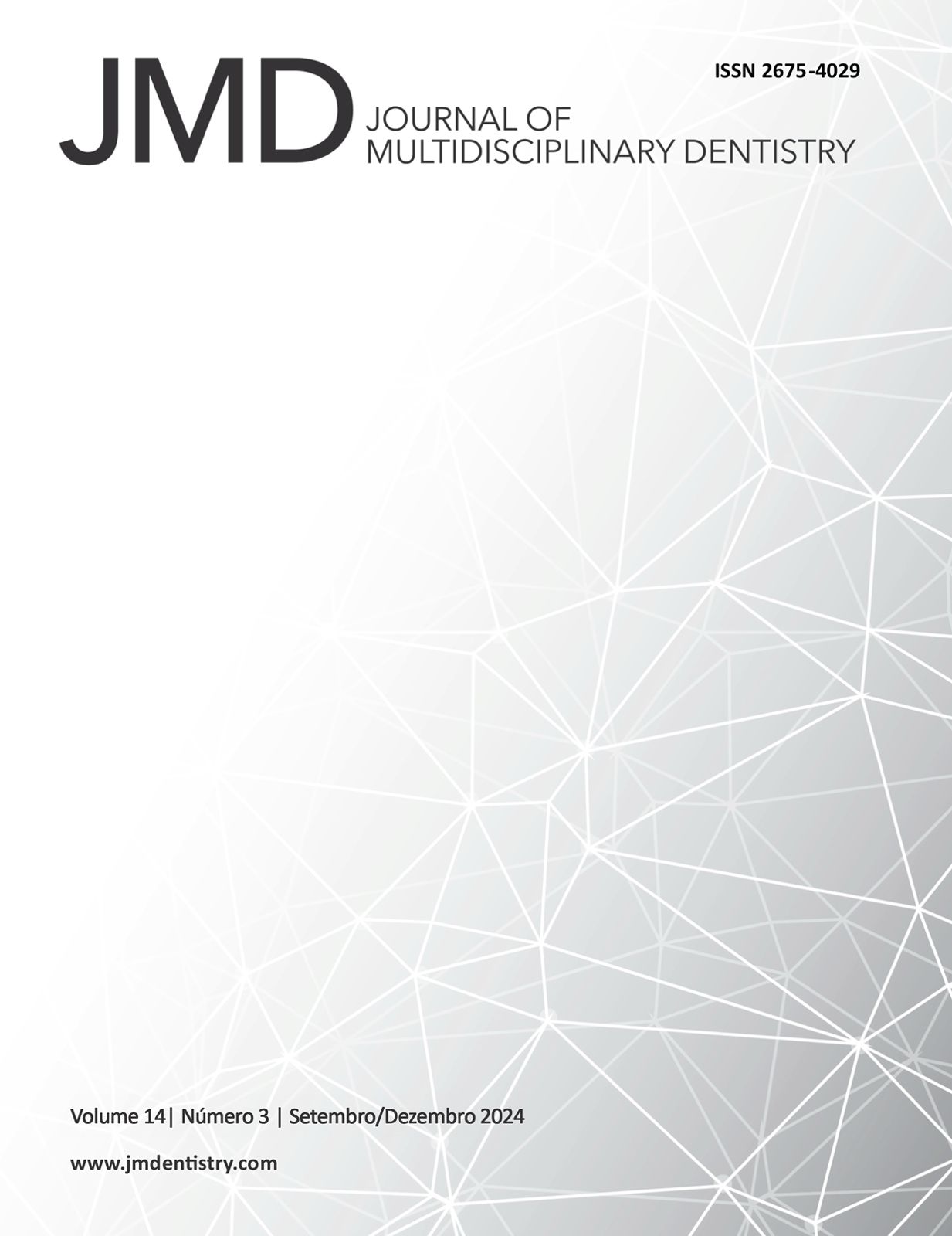Class II treatment with miniscrew
DOI:
https://doi.org/10.46875/jmd.v14i3.1255Keywords:
Malocclusion, Angle Class II, Orthodontics, corrective, OrthodonticsAbstract
The treatment of Class II malocclusion is a common challenge in Orthodontics, traditionally addressed with conventional techniques such as orthodontic appliances and tooth extractions. Recently, the use of miniscrew has emerged as an effective alternative, offering greater control of anchorage and predictable results. This study aims to evaluate the effectiveness of miniscrew in the treatment of Class II malocclusion, highlighting their clinical applications and the results obtained in various cases. The methodology employed involved a literature review and analysis of clinical cases published between 2019 and 2024, including studies that address the use of miniscrew in the correction of Class II malocclusion, with an emphasis on case reports and systematic reviews. The databases used were PubMed, SciELO, and Google Scholar. Mini-implants are temporary anchorage devices inserted in the maxilla or mandible to assist in tooth movement. They provide stable and minimally invasive anchorage, allowing the application of orthodontic forces without the need for support from adjacent teeth. Studies demonstrate that mini-implants improve treatment efficiency and reduce the duration of appliance use. The analysis of clinical cases revealed that the use of miniscrew resulted in significant improvements in the correction of Class II malocclusion, with a reduction in treatment time and better aesthetic and functional outcomes. Patients treated with miniscrew showed greater stability of post-treatment results. In this context, miniscrew are an effective and versatile tool in the treatment of Class II malocclusion, offering significant advantages in terms of anchorage control, treatment efficiency, and aesthetic results. The reviewed literature confirms the efficacy of miniscrews, recommending their use as a viable and efficient option in orthodontic practice.


